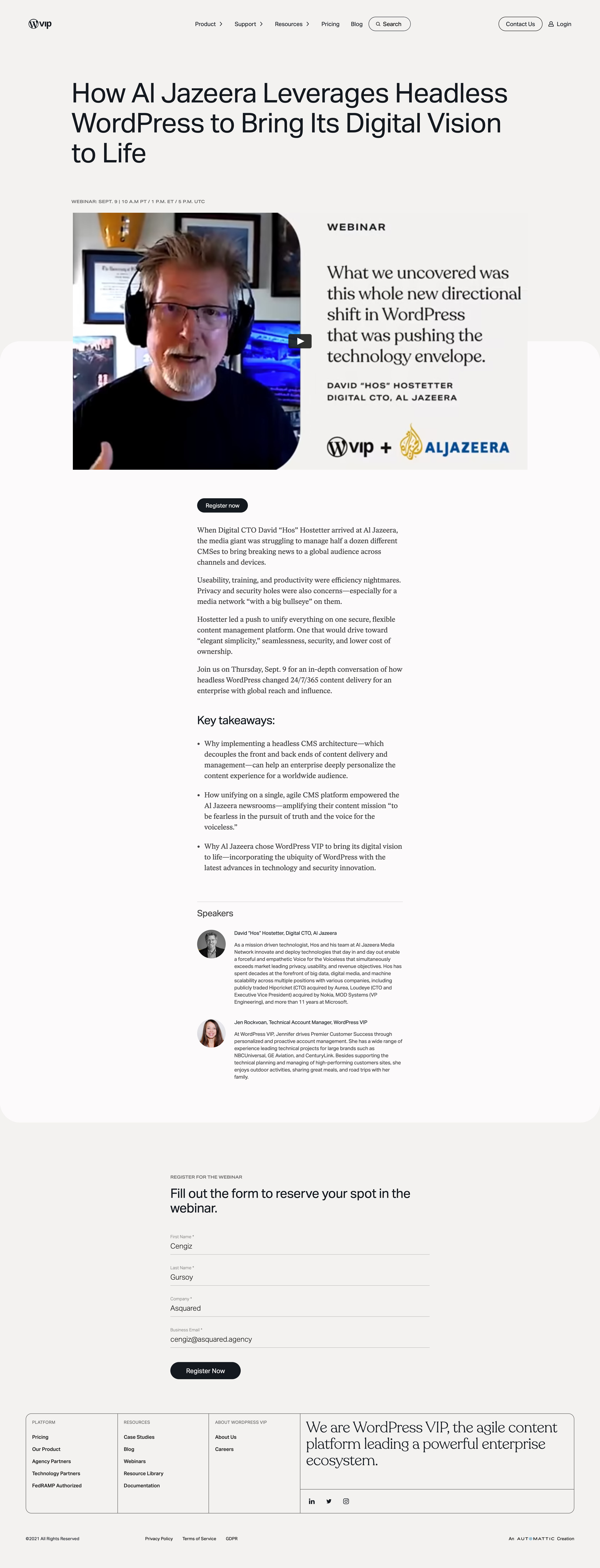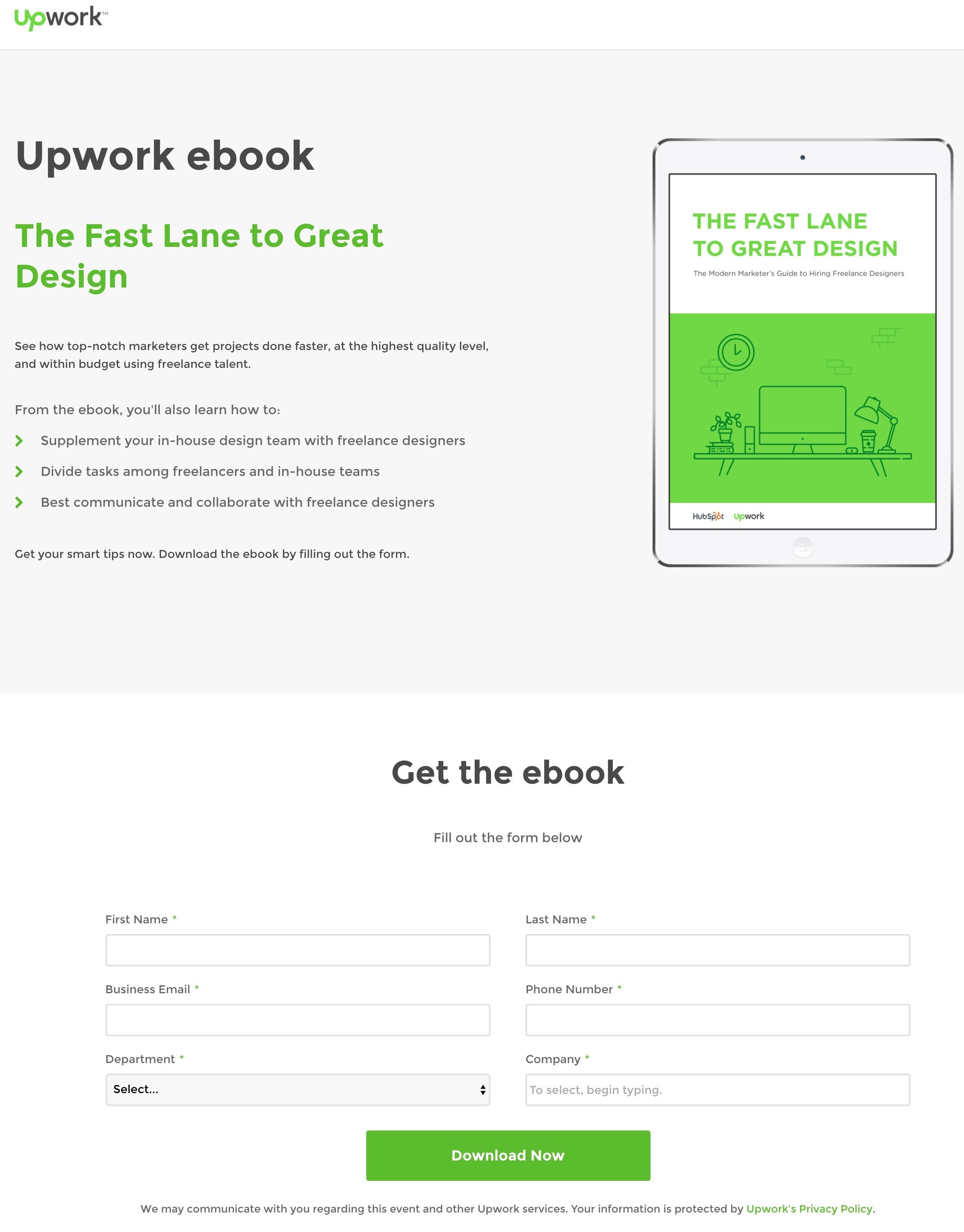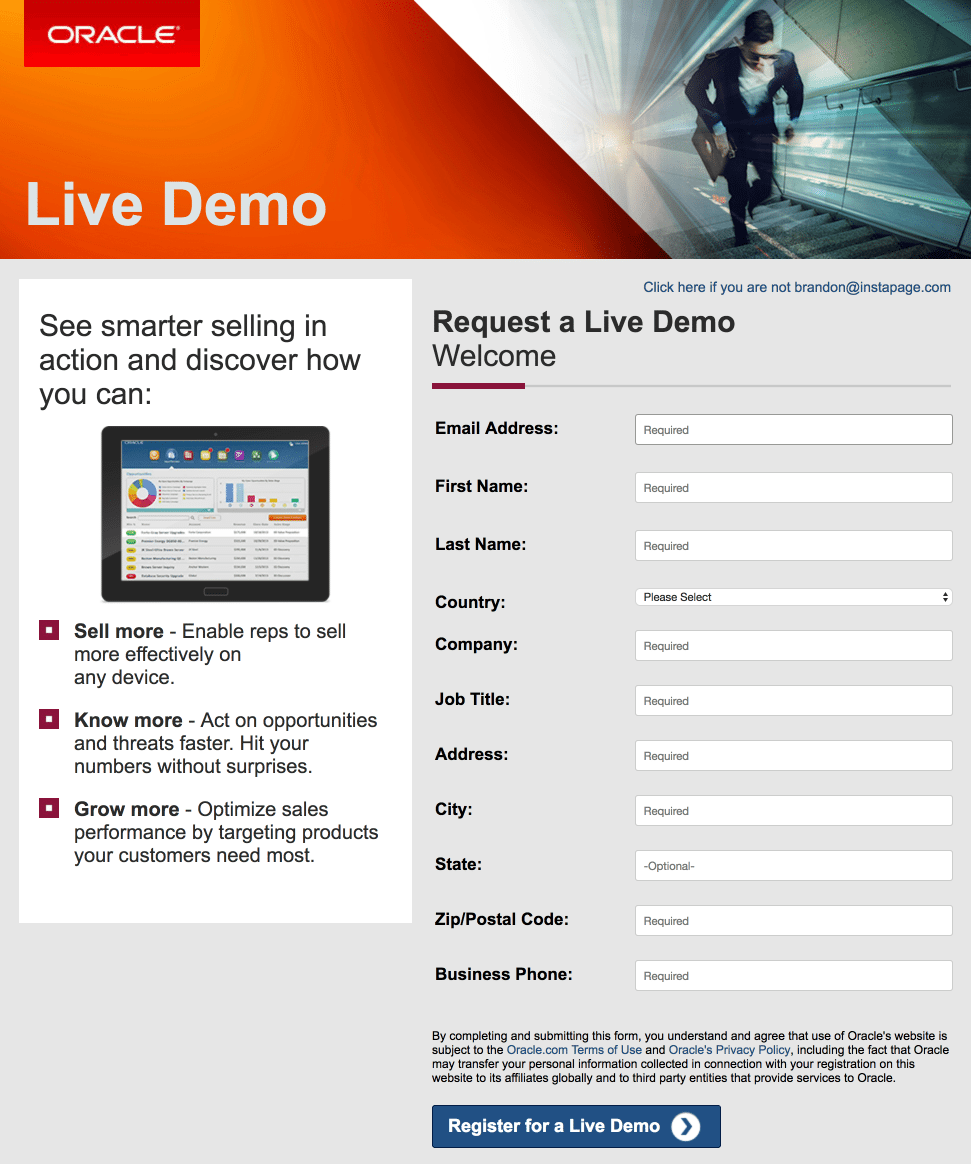Ever thought of generating thousands of leads for your business as an online marketer? In spite of all of your efforts, there is always something that doesn’t work out as planned. Most marketers, however, wonder how to offer content in a way that will create more quality leads for them. That is why, in recent years, marketers are using “gated content” more than ever to generate more leads.
Even if this is the first time you have heard the word, you most likely encountered a gated content at least once in your life. You’ve experienced gated content if you’ve ever been asked for your data in return for a free ebook, video, or product demo.
Gated content is, of course, a key component of good inbound marketing. In turn for the emails that your customers and leads supply, you must deliver something of value. The argument centers on where the line should be drawn between what is acceptable and unacceptable. What kind of material should be available only to subscribers? How much content is too much? Inbound marketing will likely continue to be a hot topic for as long as it is a prominent digital marketing strategy.
Let’s begin by understanding what gated content is before delving into examples of different forms of gated content and the techniques you can use to maximize your leads and turn them into conversions.
What Is Gated Content?

In a nutshell, gated content is any material that can only be accessed by your visitors once they have entered their personal details. A valid email address is usually required. As a feasible but underutilized technique, some have experimented with asking for social media follows or likes in return for content.
The main reason why gated content works is because it encourages the production of leads. In most cases, people come to your site via a blog post. This blog post may have been linked to by a search engine or social media platform. It’s possible that if your first blog article convinces readers that you’re a reliable source of information, they’ll be interested in hearing more. It is possible to generate additional leads by establishing an attractive gated content offering.
Leads are often asked for their name and email address. Social media activities such as following and liking may also be used to access gated content. Despite the fact that paid content has a place in inbound marketing, it is an entirely separate approach with its own set of issues to address.
Effective Gated Content Strategies
Webinars

As producing and distributing live videos has become more affordable, webinars have been a highly popular gated content approach these days. As a presenter, you have the unique chance to provide material in a live online setting while receiving questions from your audience.
Webinars usually have better conversion rates than other gated content formats because they are viewed as having more value. Despite the fact that you may go live on sites like Facebook without requiring an email, such platforms don’t give the same features that you’d get from a software intended to publish webinars.
There will usually be a separate landing page for each webinar, which will be used to collect leads’ data. Later, you may upload pre-recorded webinars in online resource libraries.
As a gated content that works, webinars are a great example. For this reason, it makes logical sense to charge a subscription fee for webinars rather than giving them out for free. Your email list will expand quickly, and you will be able to generate new leads at the same time increasing revenue.
Updated Content
Over the last few years, content upgrades have been increasingly popular as a gated content approach. You can easily restrict content using a variety of content lockers. In addition to this, they’re also quite successful in getting people interested in signing up for the mailing list without being too pushy. It’s a simple matter of upgrading the stuff they’re currently seeing. If a blog article has been seen by people, content upgrades usually consist of adding more content to it.
It is important to upgrade the content of a web page. Sign-up forms can appear anywhere throughout the blog article, not only at its end. Even more so, blog articles that offer a content upgrade in return for a subscription will generally offer the upgrade many times within the blog post. Unlike the full-screen interruptions we’re used to, they’re minimally intrusive and less annoying.
As relevant as they possibly may be, content updates are a must. However, content improvements aren’t done correctly if they’re not directly connected to the topic of your blog article. Your content update should, ideally, expand upon or build around the blog post’s topic.
There is a predefined level of interest in what you have to say. Due to the fact that content updates increase the value of current material, the information may be incorporated into the blog post itself. Knowing that your blog post’s readers are at least somewhat interested in the material that the content upgrade delivers will boost conversion rates, is a no-brainer.
E-books and White Papers

Inbound marketing relies heavily on digital assets like eBooks and white papers, particularly in B2B marketing, where they are more valuable. They’re ideal not simply for giving incremental benefits to your visitors, but also for positioning your business as an expert in your field. Using them is a great method to break down complex industrial issues.
It is possible to expand your email list over time by creating an eBook or a white paper. Like a content upgrade, they may be presented in conjunction with relevant blog entries. Many businesses also establish their own resource pages, which offer a range of whitepapers for visitors to browse.
Email Series and Demos

If you’re looking for gated content, email series and courses are great options. Everyone uses email, so it’s a wonderful way to reach a large audience. A class or course is a great method to keep email content out of sight. It’s possible to simplify complex topics by sending an email every day or once a week.
Similarly, scheduling demonstrations with prospects is one of the most essential stages for SaaS firms. As a lead, demonstrating the capabilities of your product and allowing them to become comfortable with it is a crucial stage in the conversion process.
Conclusion
Gated content is a key component of inbound marketing. The whole approach revolves around offering substantial material in return for a subscription and client information. As mentioned above, there are a number of creative methods to make use of the high-value material that you generate.
Indeed, just placing your material behind a registration gate may be an excellent method to boost its apparent worth and make your audience want to get their hands on it. However, it’s generally best for businesses to first build a trustworthy image for providing non-gated material, which can then be used to increase their list and generate leads.
